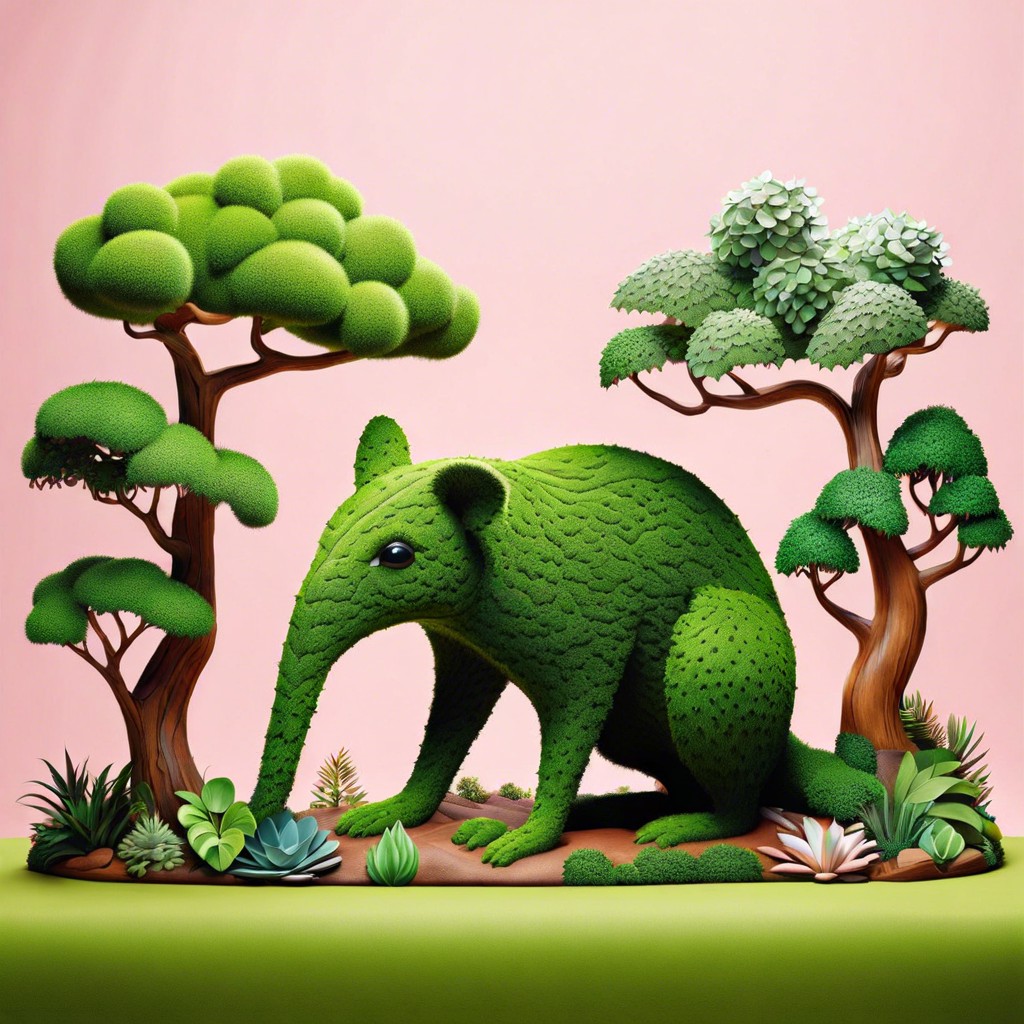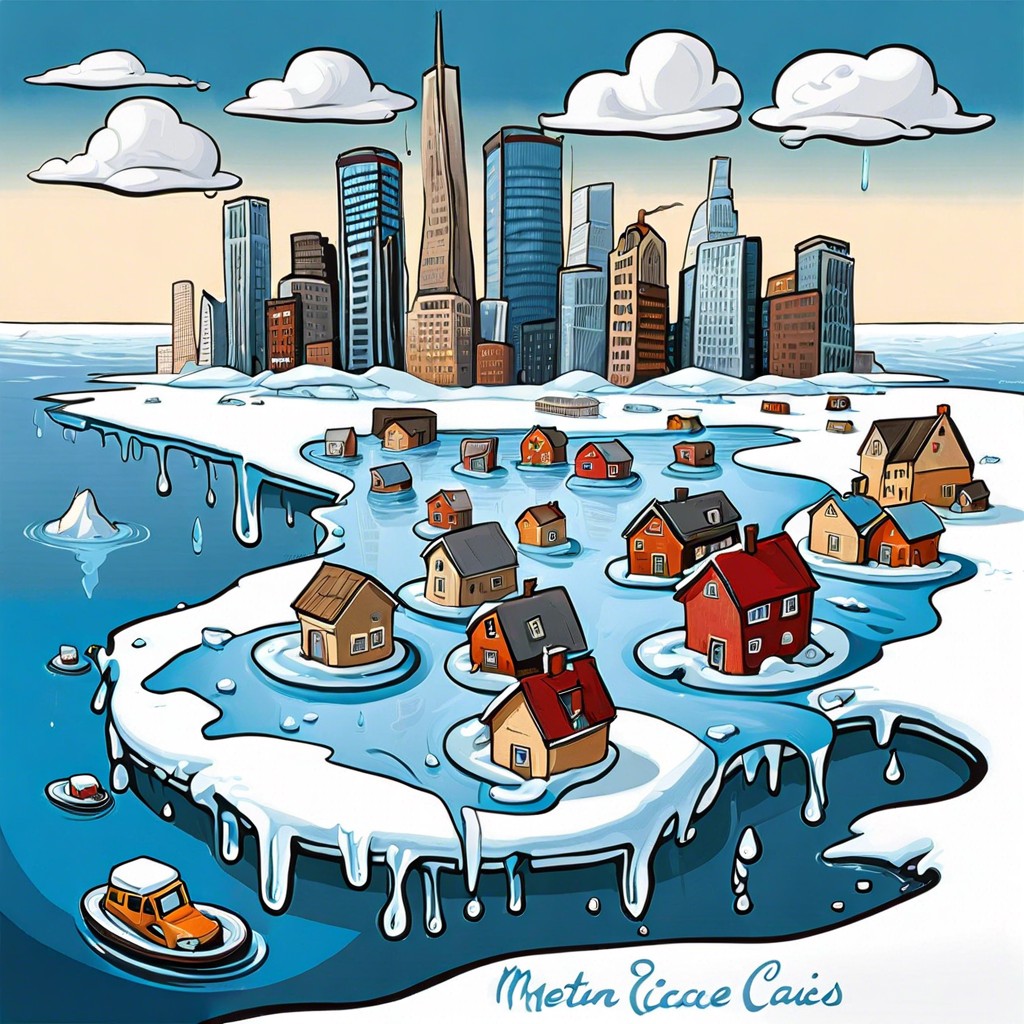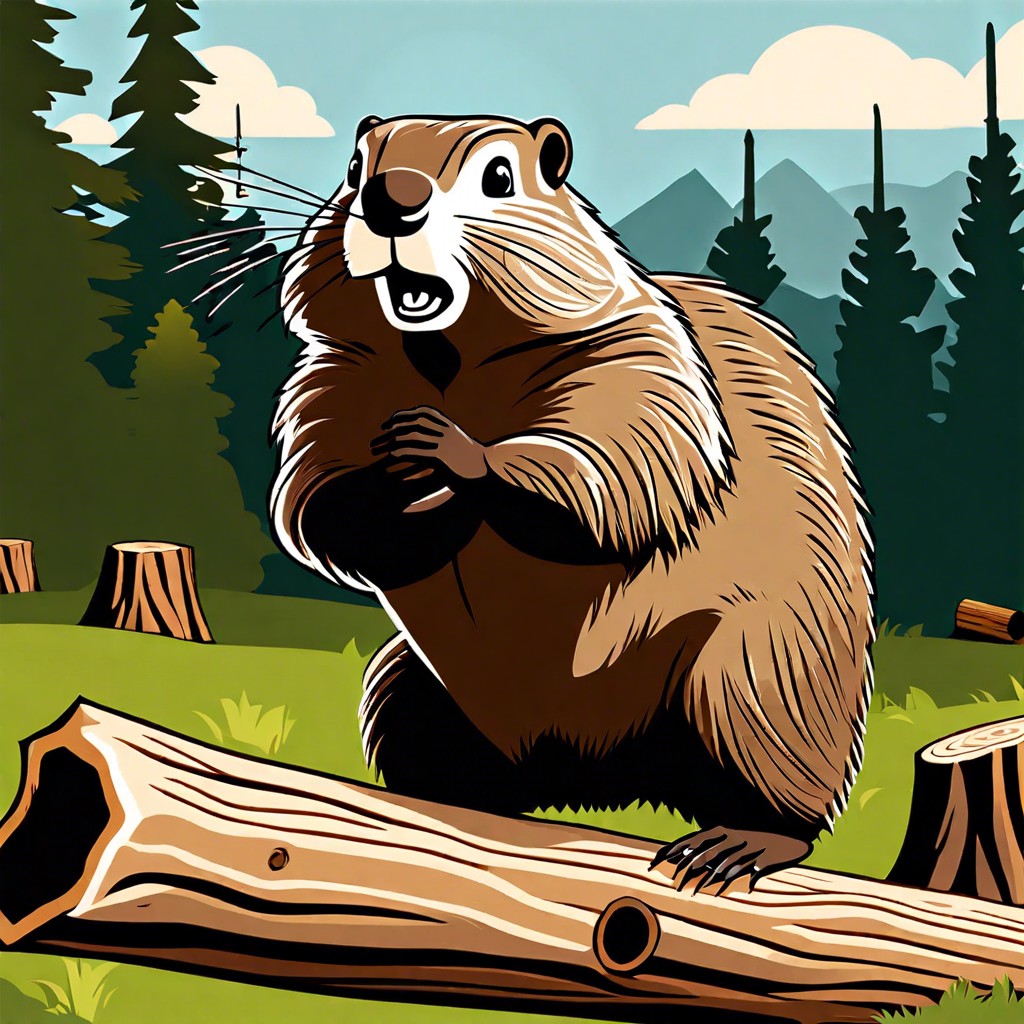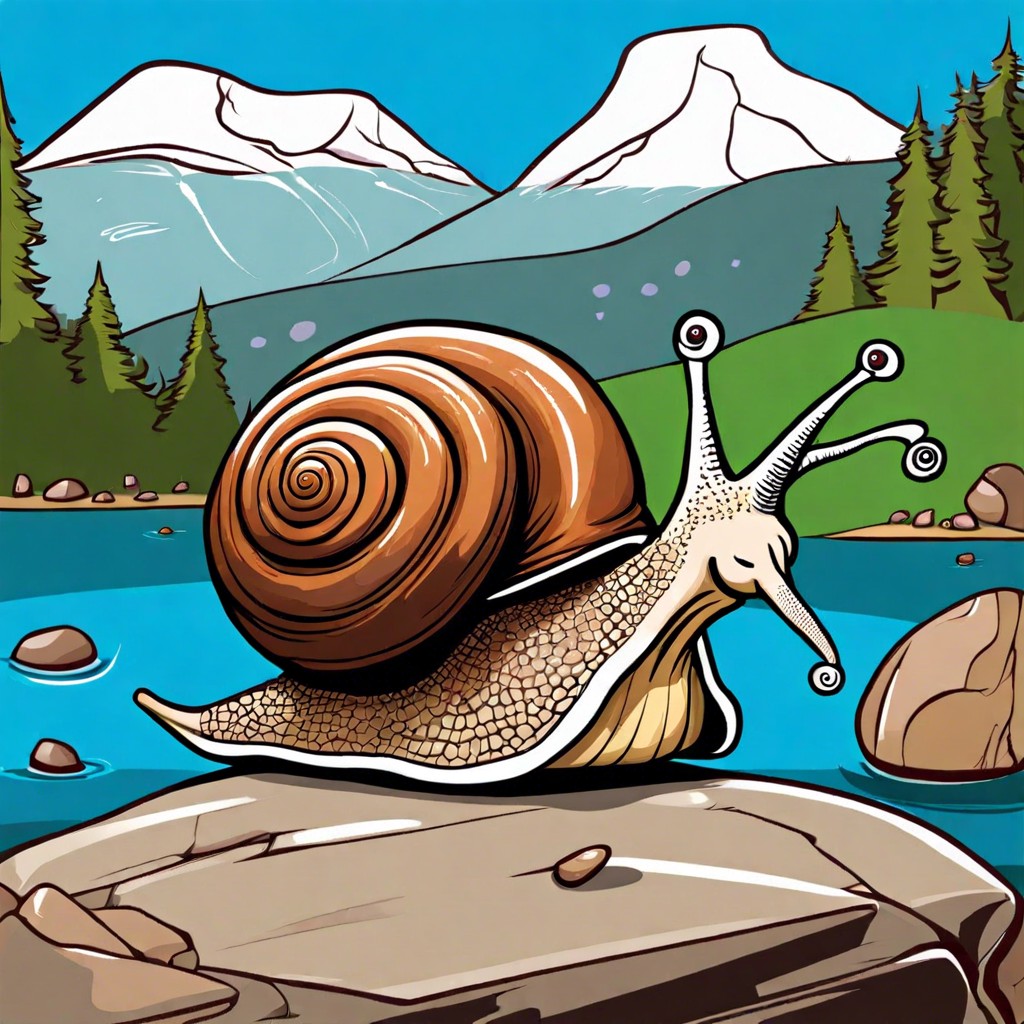Discover how Australia’s landscapes, climate, and biodiversity would change if it were transformed into a lush, green wonderland.
Imagine a lush, green Australia where deserts bloom, cityscapes morph into verdant utopias, and kangaroos bounce through forests instead of outback scrub. Envision the environmental wonders, the agricultural bounty, and the biodiversity boost. Ponder cities reimagined with green infrastructure, and tourists flocking to paradise landscapes. Dive into a transformative vision, exploring the ecological, agricultural, infrastructural, and recreational changes of an emerald Australia. Buckle up for a journey through the curious case of a greener-than-green down under!
Key takeaways:
- Enhanced carbon sequestration combats climate change.
- Fertile soil, increased rainfall, cooler climate benefits.
- Wildlife habitats flourish, native species population rise.
- Thriving agriculture, eco-friendly practices, food abundance.
- Urban areas cooler, cleaner, quieter, property value boost.
Ecological and Environmental Impacts

Imagine Australia, a land known for its arid deserts and iconic red sand, suddenly transformed into a lush, verdant paradise. The implications would be immense.
With more vegetation, the carbon sequestration capabilities would skyrocket. Trees and plants would pull loads of CO2 from the atmosphere, helping combat climate change.
Soil health would improve drastically. Rich, green cover means less erosion and more fertile land. This greener landscape would also lead to increased rainfall, as more moisture is recycled into the atmosphere through plant transpiration.
Water bodies like rivers and lakes would likely flourish, maintaining higher levels throughout the year. Plus, cooler temperatures could emerge from the increased shade and evaporation, making the climate more temperate.
And, of course, greener lands mean healthier habitats for animals, potentially boosting the population of native species. Lastly, wildfires could become less frequent and less destructive due to the dampened environment.
In essence, a green Australia would be an ecological game-changer, offering numerous environmental benefits. The possibilities are intriguing and vast.
Agriculture and Food Production
Picture rows of lush, green crops stretching as far as the eye can see. We’re talking about the kind of soil that makes farmers do a happy dance. If Australia were green, its thriving agriculture would spark a revolution in food production.
First up, we could wave goodbye to food deserts. Local produce would become a buffet of fresh, affordable vegetables and fruits for everyone. Farmers markets would spring up faster than pop-up stores during the holidays.
Next, exporting food would become an Olympic sport. Aussie wheat, beef, and wine could dominate global markets. Imagine “Made in Australia” stickers on everything gourmet.
Lastly, sustainable farming practices could take root like never before. The land would support crop rotation, reducing the need for chemical fertilizers and pesticides. Hello, delicious and eco-friendly meals.
And just think of the farm-to-table restaurants popping up like mushrooms. Yummy and sustainable.
Urban Planning and Infrastructure
Imagine a city where lush parks pop up at every corner. Green rooftops aren’t just a hipster dream but a practical reality. Urban planning in a greener Australia could mean a significant boost for community health and well-being.
Firstly, cooler temperatures. Trees and vegetation act like nature’s air conditioning, reducing the urban heat island effect. Say goodbye to those scorching summer days.
Next, improved air quality. More plants mean more photosynthesis, resulting in cleaner, fresher air. Imagine Melbourne or Sydney without that haze of pollution. Glorious, isn’t it?
Public transport could also get a makeover. Green corridors can double as bike paths and walking trails, making commutes more enjoyable and less reliant on cars. What a relief for those sick of bumper-to-bumper traffic!
Not to mention, noise reduction. All that greenery doesn’t just look pretty; it absorbs sound, making cities quieter and more serene.
And let’s not forget property values. Green spaces and eco-friendly infrastructures are big selling points. Your house nestled beside a beautiful urban forest? Instant property boom.
Oh, and sustainability! Urban gardens for local food production can make cities more self-sufficient. No more apples flown halfway across the globe.
So, the urban landscape of a green Australia? Cooler, cleaner, quieter, and infinitely more livable.
Biodiversity and Wildlife Preservation
Imagine kangaroos bouncing through lush green forests instead of dusty outbacks. With Australia covered in verdant landscapes, wildlife would thrive in a more hospitable environment.
Native species would flourish with increased shelter and food sources, boosting their populations. Eucalyptus-filled paradises would dominate, giving koalas endless brunch options.
Endangered animals could have a fighting chance. With more greenery comes more protected habitats. Dingoes might become the ultimate hide-and-seek champions!
A greener Australia would also invite back migratory birds. Wetlands would spring up, attracting a kaleidoscope of feathered friends.
Even the lesser-loved critters, like insects, would play their part. More plants mean more pollinators buzzing around, ensuring the cycle of life keeps on spinning effortlessly.
Tourism and Recreational Opportunities
Imagine stepping out of your hotel to a lush, verdant landscape stretching to the horizon. Australia’s transformation into a green paradise would make it a dream destination for eco-tourists and adventurers alike.
Picture hiking through thick rainforests, discovering hidden waterfalls, and trekking along scenic trails. National parks could experience a surge in visitors eager to see nature at its most vibrant.
Biking and eco-friendly tours would become hot commodities. Green Australia’s unparalleled scenery would offer endless routes for cycling enthusiasts. Families might enjoy picnics amidst blooming wildflowers, and city parks would thrive as urban oases.
Additionally, the diversity of recreational activities would expand. Think kayaking in pristine rivers, zip-lining through tree canopies, and camping under star-filled skies. Plus, vineyards and organic farms would become focal points for agritourism, blending tourism with sustainability.
In this verdant environment, Australia’s wildlife would prosper, drawing wildlife photographers and documentary makers from around the world. Unique flora and fauna encounters would be a daily delight for visitors.
In short, a green Australia isn’t just a feast for the eyes—it’s a playground for the soul, rich with experiences that nurture a deep connection to our planet.




